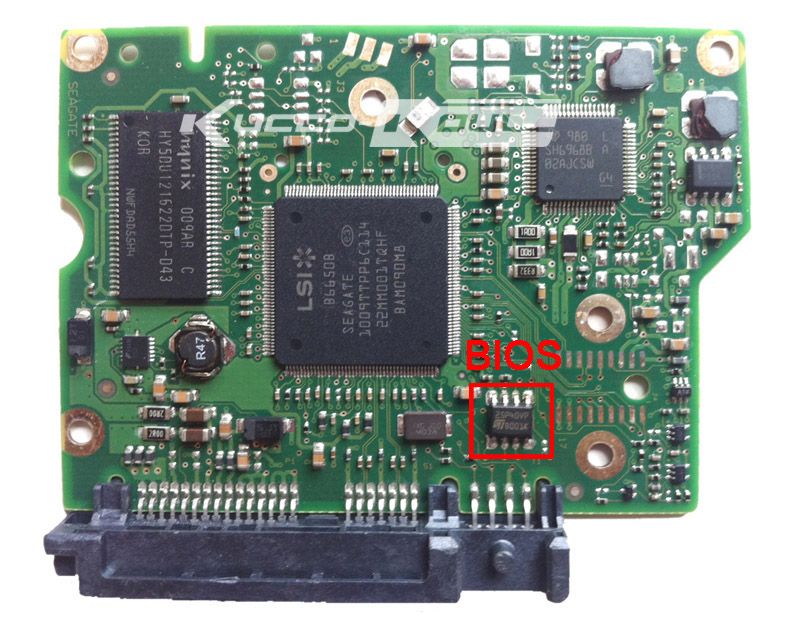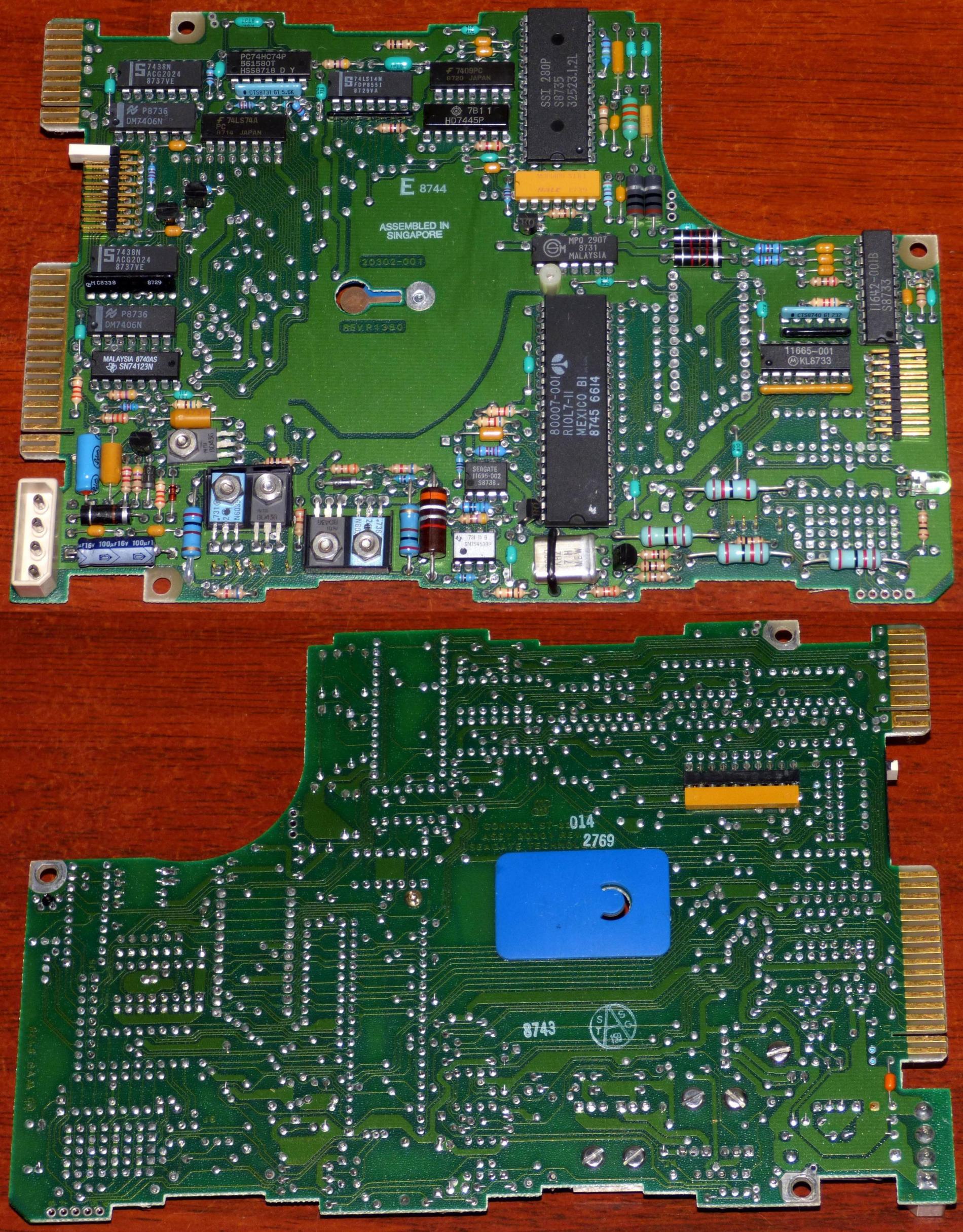
The read/write heads inside your hard drive are tiny copper coils that hover a scant few nanometers above the surfaces of the disk platters on the ends of long arms and use electromagnetic signals to read and write data.

Recovering data from a hard drive with a damaged PCB requires transferring that unique data from the failed PCB to a matching donor, often by physically removing and replacing chips on the board! However, in the years since then, hard disk drives have become so intricate that every PCB has data on it that is wholly unique to the hard drive it belongs to. Many years ago, when hard disk drive designs were much simpler, replacing a failed PCB was so easy that just about anybody with the right screwdriver could do it. Visit our page to learn more about diagnosing and handling hard drives with burned PCBs. Plugging a hard drive with a burned PCB into a power supply unit can cause the unit to fail as well. If your hard drive’s PCB becomes so severely shorted that it starts to burn when you plug it in, it has definitely failed.

Normally, electricity flows through the circuit board on your hard drive and into the drive’s chassis to power the spindle motor, setting the platter in motion. While many models of hard drives today have the board facing “up” (toward the drive’s chassis), in this model the PCB faces “down” and all of its components are clearly visible.

The PCB control board from a Samsung HD204UI 3.5” desktop hard drive.


 0 kommentar(er)
0 kommentar(er)
